We’ve seen a few international beauty brands come under fire as of late, with consumers peddling the narrative that natural formulas are more susceptible to mould growth - sharing evidence of their contaminated concealers and hair oils across TikTok.
The virality of it all has sparked a wider conversation between brands and consumers about how safe and efficacious clean beauty products truly are. Our formulators have decades of experience in natural science, so obviously, we stormed the in-house lab and picked their brains to help us set the record straight.
For starters, clean and natural and green (used interchangeably) do not have a clear definition. They are terms used to provide a shortcut for consumers seeking skincare that formulate without ingredients commonly known to irritate (like silicones, parabens, sulfates). So-called ‘nasties’. But it can also encompass brands’ sustainability efforts and nod to their environmental footprint.
These terms are unregulated, for now, but it’s worth noting Go-To fulfils the clean quota set by specific retail partners (Sephora, Mecca, Credo, Detox Market, Douglas etc). We make a conscious choice to develop formulas that are plant-derived and rooted in nature.
“Any product, natural or synthetic, is likely to grow bacteria, yeasts and moulds (BYMs) if not properly protected or designed to inhibit such growth. Those baddies do not discriminate! They will eat anything if given the chance!” explains Ingrid, Formulations Chemist at Go-To.
“Clean beauty brands face the exact same challenges as any other brand when it comes to preserving their formulas. Synthetic based products need (and use) preservatives too, it just comes down to finding a balance that will both protect the product and not irritate the skin. While we might not use "traditional" preservatives, there are so many different types of preservatives, both naturally derived and nature identical, that this does not limit our choice. So you might not see traditional preservatives in Go-To formulas, but we use several different types (and boosters) to ensure our products are as safe as can be. Many of these have additional skin benefits, win win!”
Before landing on shelves and being slathered on faces, all Go-To products undergo stringent testing protocol for both efficacy and safety. Any formula that contains water must pass Preservative Efficacy Testing (PET). “We introduce a known amount of BYMs to the product which is then held at room temp for 28 days. At certain intervals during this time we measure the BYMs and if this decreases fast enough you know you’re working with an effective preservative. We will not launch a product with a preservative system that does not pass PET (the results of which are evaluated in accordance with the strictest British Pharmacopoeia method)”, says Nick, Technical Manager at Go-To.
Anhydrous products (which do not contain added water content, i.e. oils), undergo Water Activity Testing which measures how much water is freely available in the formula. All microorganisms need sufficient water and nutrients to grow so it is key to keep the water level as low as possible (0.7 or under being the industry rule of thumb) in anhydrous products. “We use a specialised electrolytic moisture sensor which produces a reading on water activity, and when this level is low enough, we know BYMs cannot grow or reproduce.
It is the responsibility of Go-To, and any other company selling personal care products for that matter, to ensure adequate testing has been carried out” confirms Nick. We’re confident in the safety of all our products because as you can see, we really put them under the microscope during the development phase.
Don’t avoid products you like or enjoy using just because of some bad hype; there might very well be some user error involved! Was the product stored as per the instructions on the packaging (generally under 30°C, and definitely not in the car), is it beyond the Period After Opening/POA date (dictating the timeframe for which the product is tested to remain stable and safe), are you washing your hands before use and not letting that applicator or dropper touch the skin directly (unwittingly introducing external microbes or bacteria)?
It almost feels redundant to have to make a distinction between natural and synthetic formulas, or traditional and alternative preservatives when talking about contamination, because any product can cultivate BYMs if not properly tested, designed, or protected to do so. Clean beauty is not the issue.



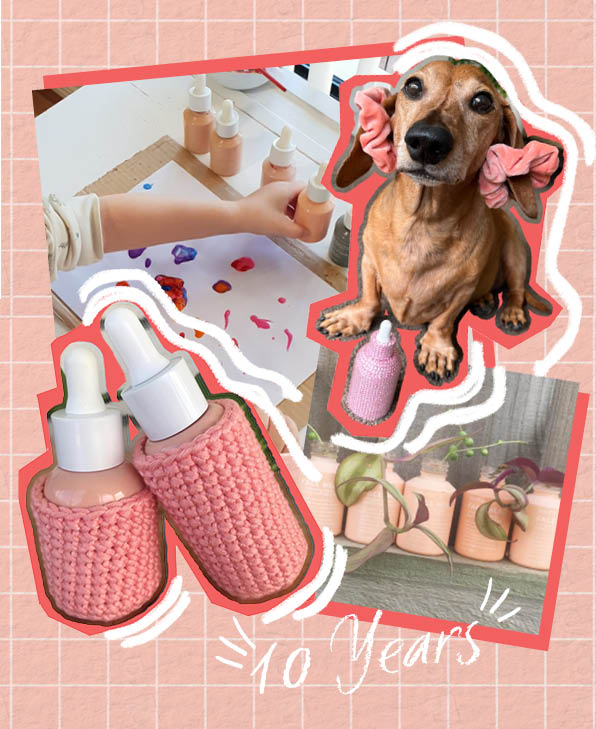

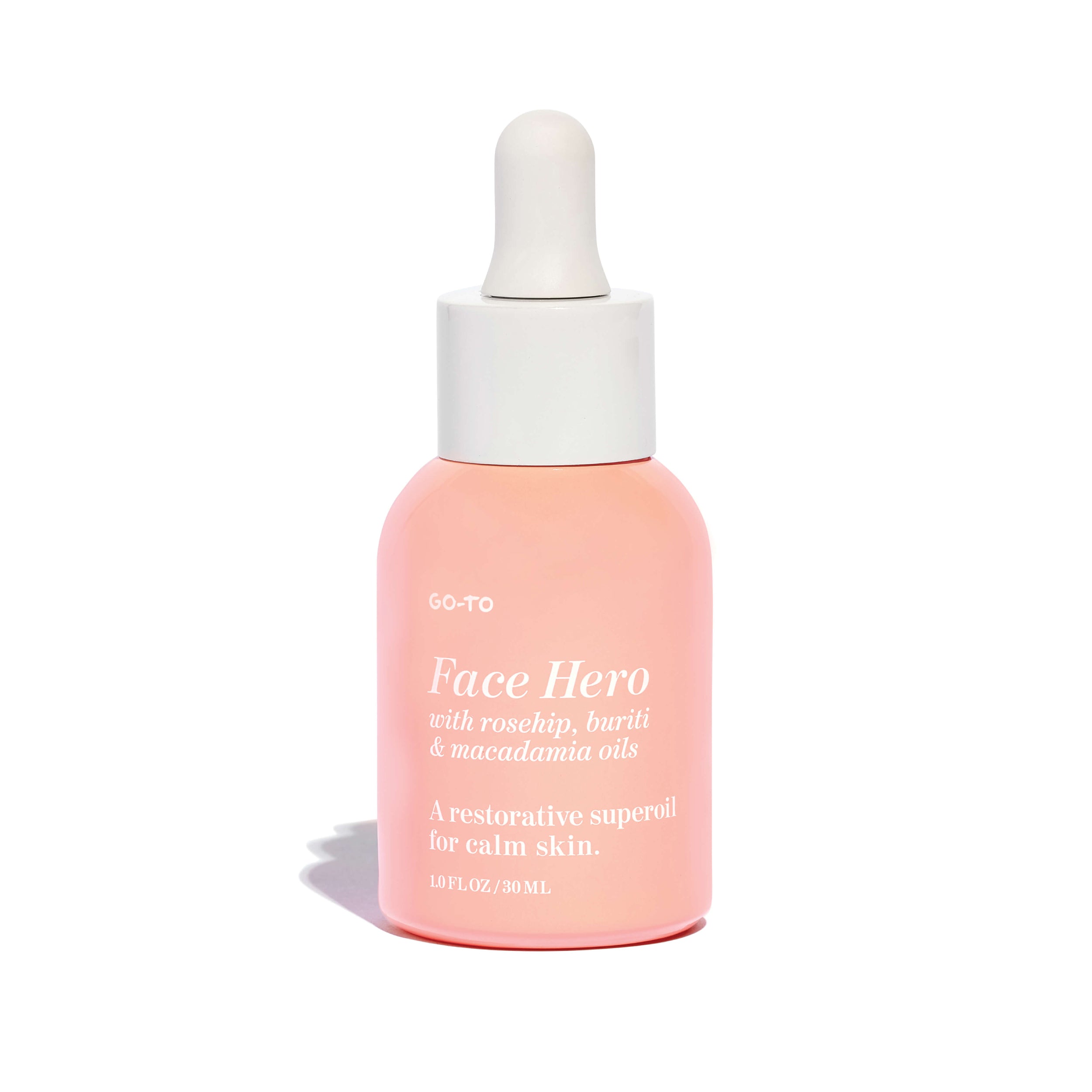


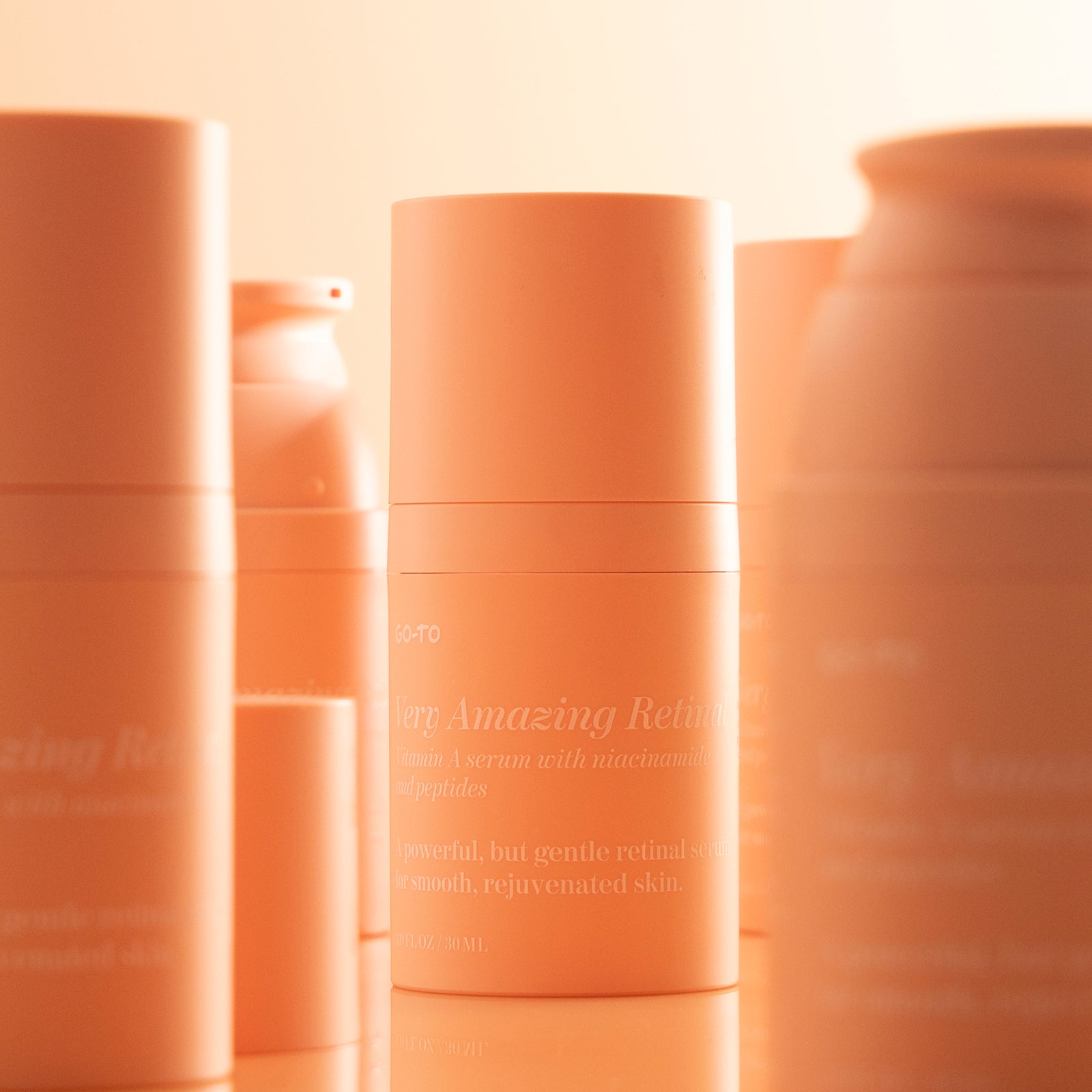
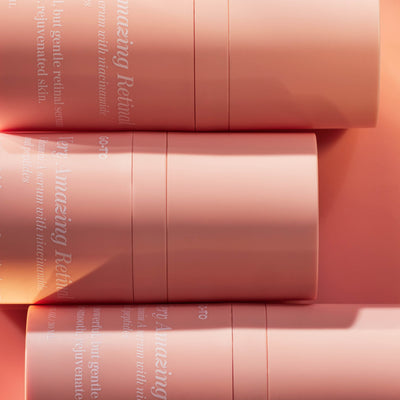




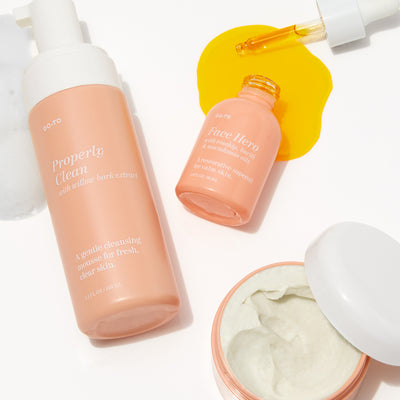
Comments